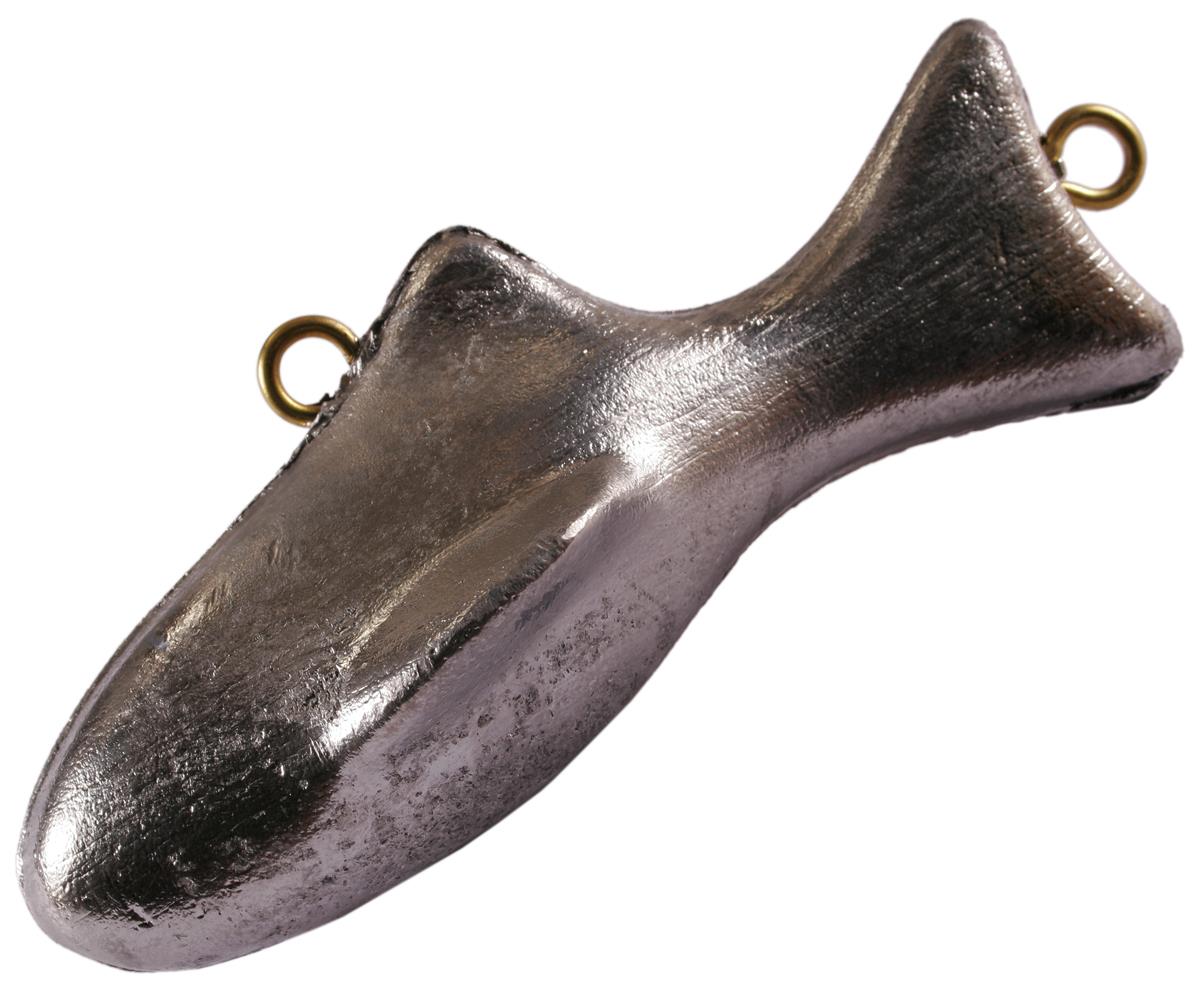

A trawler with dredge nets specialized in scallops is seen from the rear at the port of Cherbourg. 40% of the volumes being fished come from the British waters of Jersey and Guernsey for which the fishermen have obtained licenses. The fishing industry in the port of Cherbourg (Manche) is preparing for the first year of the post-Brexit fishing season. Ī trawler with dredge nets specialized in scallops is seen from the rear at the port of Cherbourg. Here, one of the men is swinging a load of oysters to the shelf. This is one of the few places in the US where tongs are still used. They dip the basket into the oyster bed, shift it around to loosen the oysters, then grab the oysters with the basket and deposit them onto a shelf on the boat where they are examined for legal size. Fishermen here do not dredge but, instead, use tongs, long wood handles with a metal basket on the end. Oyster fishermen working in Apalachicola Bay.

Oyster fisherman shucks fresh oyster for a snack.


 0 kommentar(er)
0 kommentar(er)
